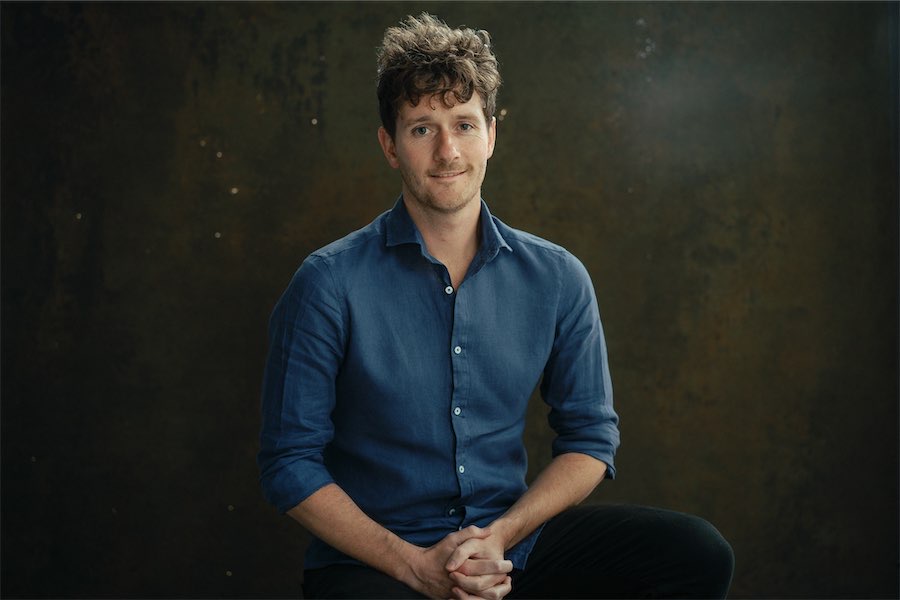
WALKING through a landscape, things can be collected. Bones, sticks, rocks, shells, pods, cones: stable things that linger and can sit on shelves indefinitely. As a printmaking student, Elaine Camlin drew these kinds of objects, but since graduating, has developed a fascination with less tangible organic qualities like growth and regeneration, prompted by the personal experience of pregnancy.
Combining observation and imagination, Camlin has opened up her creative practice to test how different visual techniques can both capture nature’s regenerative cycle and mirror its own processes.
The small second gallery in the back of Form Gallery has been turned into a kind of cabinet of Camlin’s curiosity. There is a lot to see, most of it presented in series. Each of the artistic processes are the kind that involve states of action. For instance, intaglio etching starts with a metal plate, onto which the artist scratches an image with a sharp tool (backwards). This scratched image can be printed immediately – this is called drypoint – but the pressure of the press means that the image will wear off the plate quickly unless deepened. So the plate is bathed in acid in staged timings that cause different effects on the final result. Camlin uses this process of incremental change as a way of illustrating the effects of time on organic objects. Her print titles are diaristic: “Discovering Unknown Objects #140 Day 1” is just one of a long series of etched observations of non-specific matter, suggesting elements of flower, fruit and seed.
Another series of prints, “Specimens of Organic Growth” is presented pseudo-scientifically, in plastic envelopes pinned to the wall, and collated into small artist’s (specimen) books. She has made “Pseudofossils” from carved paper clay that look like museum specimens in their box-frames, with labels pinned around them. They are three-dimensional drawings, artefacts that are oddly familiar but again unspecific. In fact, this part of the exhibition is very much like coming across an old collection in a junk store: it obviously holds meaning, or held meaning for a past collector, but it is up to the viewer to now find their own value, and that value might have nothing to do with its original purpose.
Her most successful works, for me, are the “Spacial Investigations”. One such investigation is an artist’s book where Camlin has used linocut to map a real or imagined topography, carving into the whole lino-block progressively, growing the large image progressively with her cutting knife. She printed the inked block onto a large sheet of paper then cut it down again into a twisted mass of striated snake-folded artist book. It forms two layers of space: the tangled path of cut marks, and the positive/negative movements of the unwound book folds.
The second body of “Spacial Investigations” are cyanotypes. This is a particular form of photography, also known as a “sun-print”, where paper is coated with a chemical solution that turns blue when exposed to UV light. The image is made by laying something on the paper that blocks the light when exposed, and the prints are easy to recognise by their distinctive blue-and-white colouring. Camlin has continued her project of building up matter by adding and subtracting acetate drawings during the exposure process, and the coral-like results are beautifully layered and evocative.
This is the last week of the exhibition. The front-room show, Debra Jorss’s “Flow Reclaimed”, also has cyanotypes alongside her luminous glass works, and the distinctive chemical blue flowing between the two shows is lovely.
Who can be trusted?
In a world of spin and confusion, there’s never been a more important time to support independent journalism in Canberra.
If you trust our work online and want to enforce the power of independent voices, I invite you to make a small contribution.
Every dollar of support is invested back into our journalism to help keep citynews.com.au strong and free.
Thank you,
Ian Meikle, editor




Leave a Reply